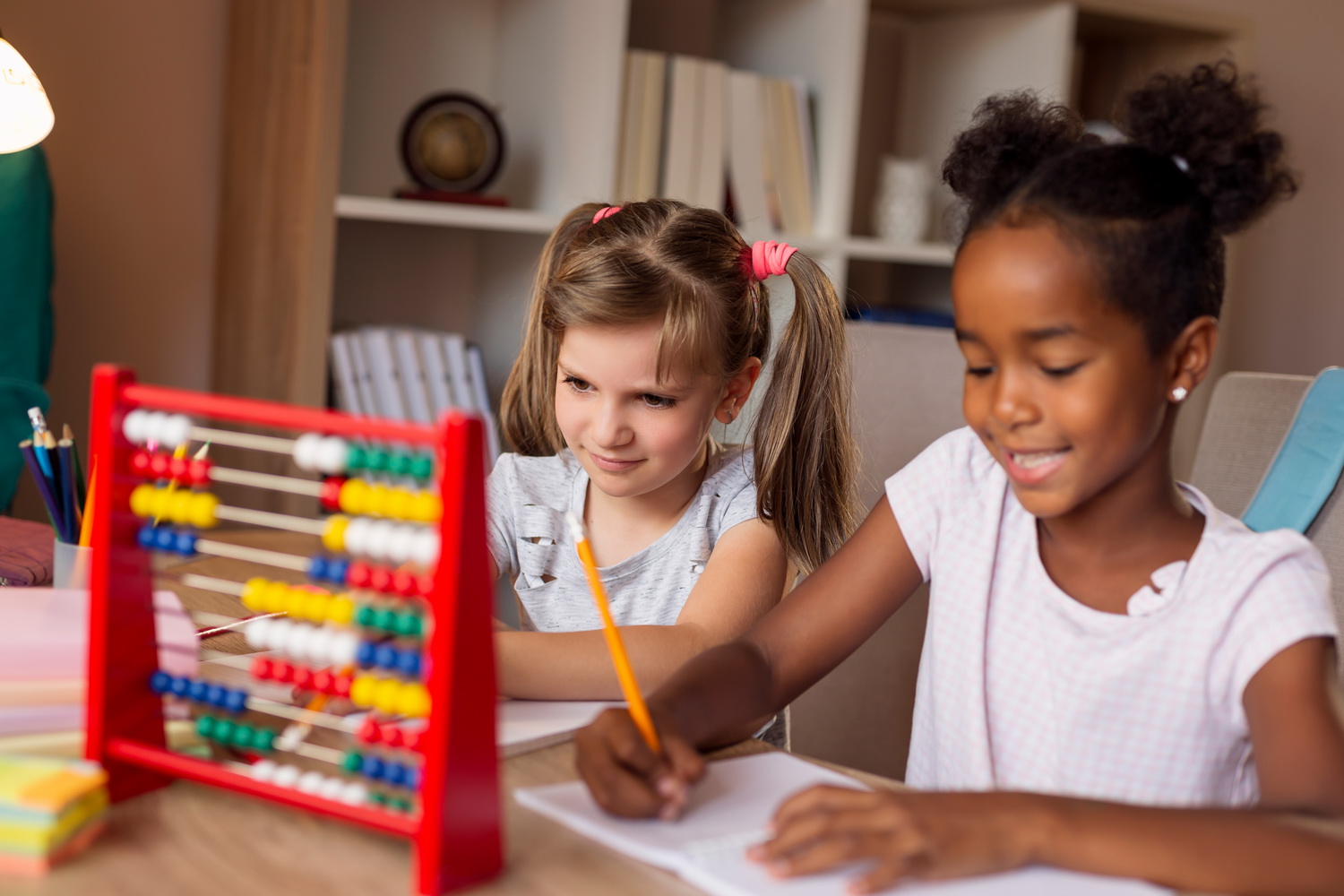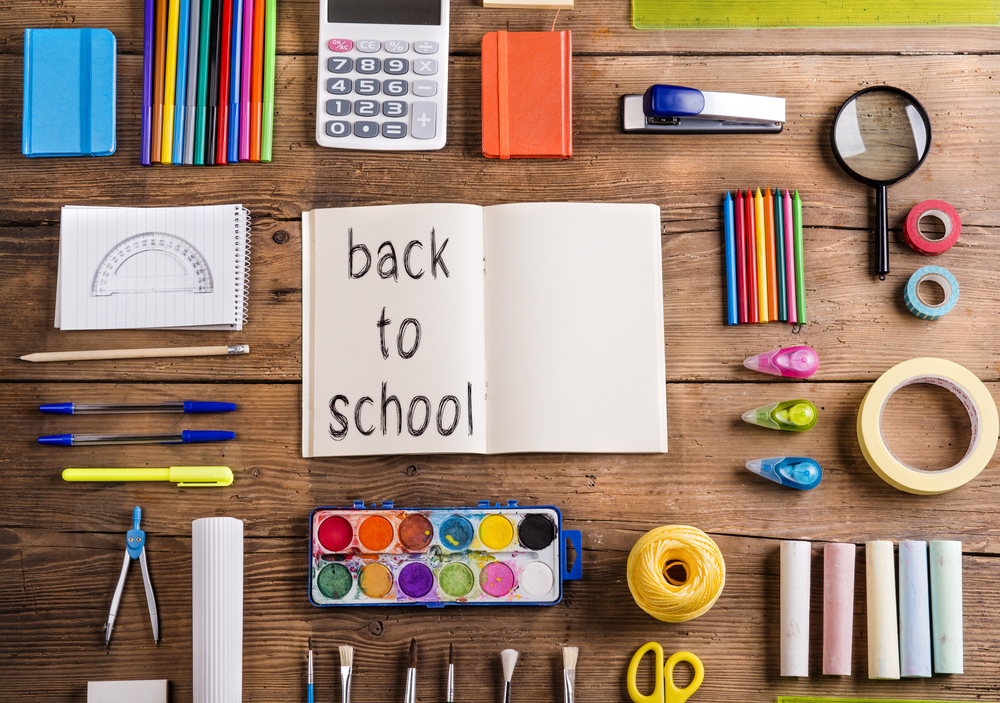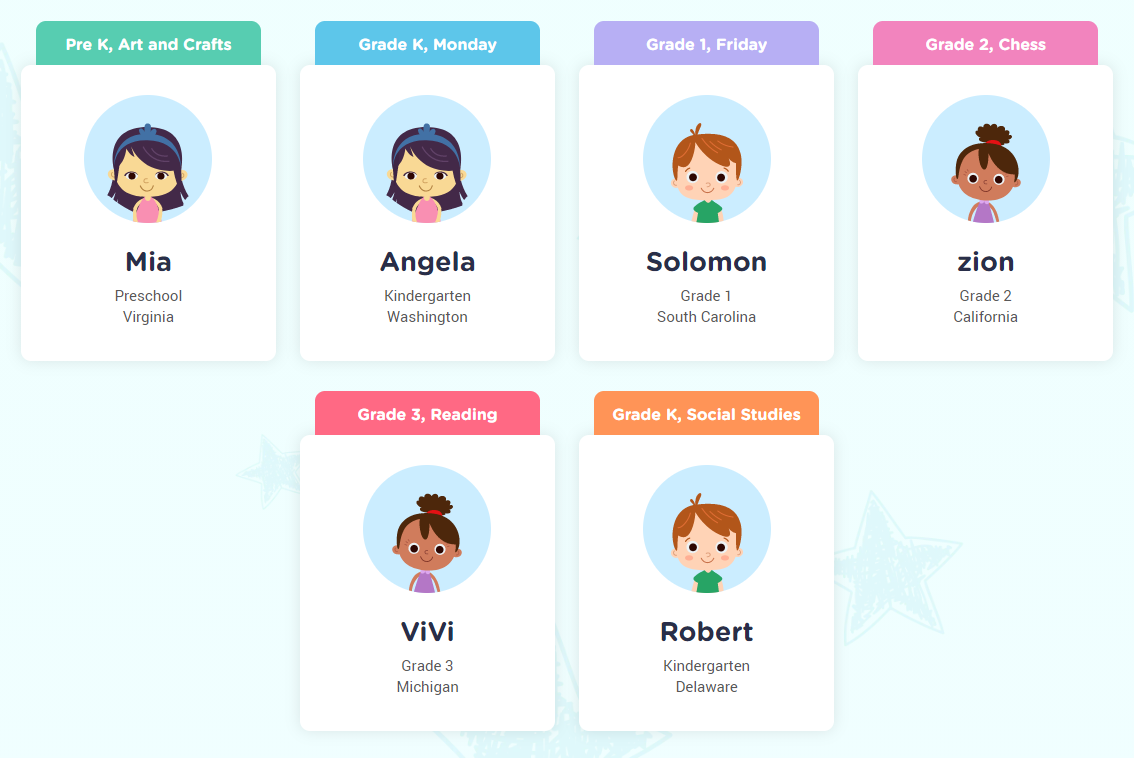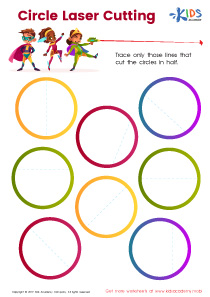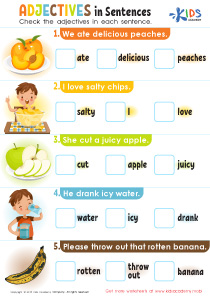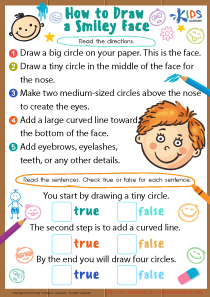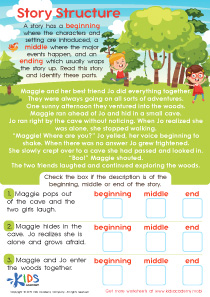Normal Matching worksheets activities for Grade 2
2 filtered results
-
From - To
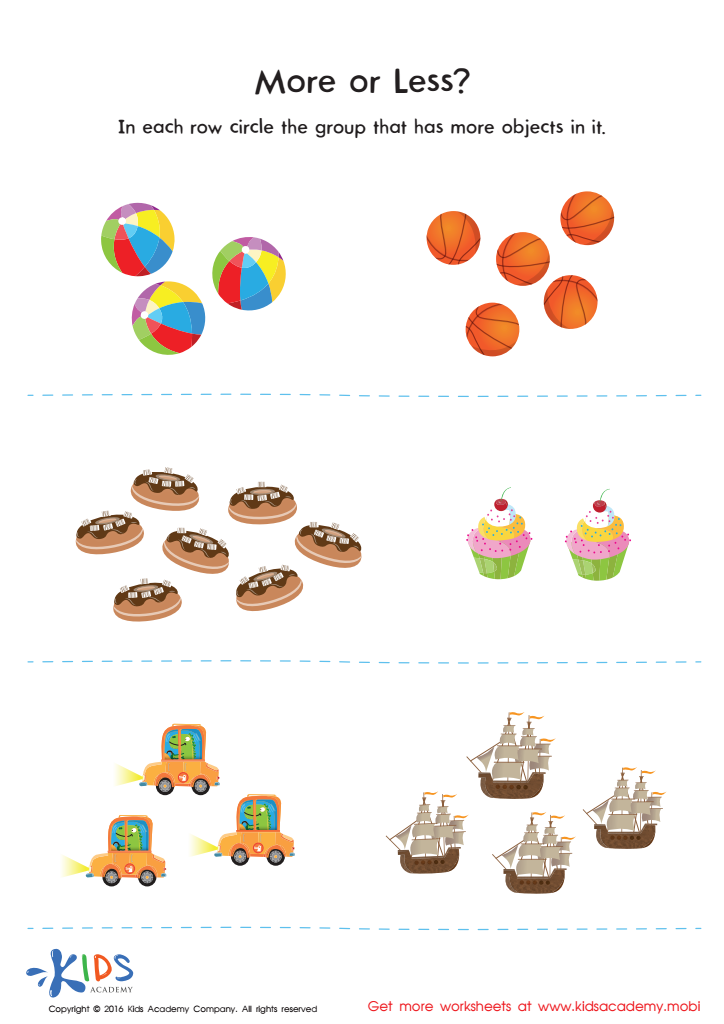

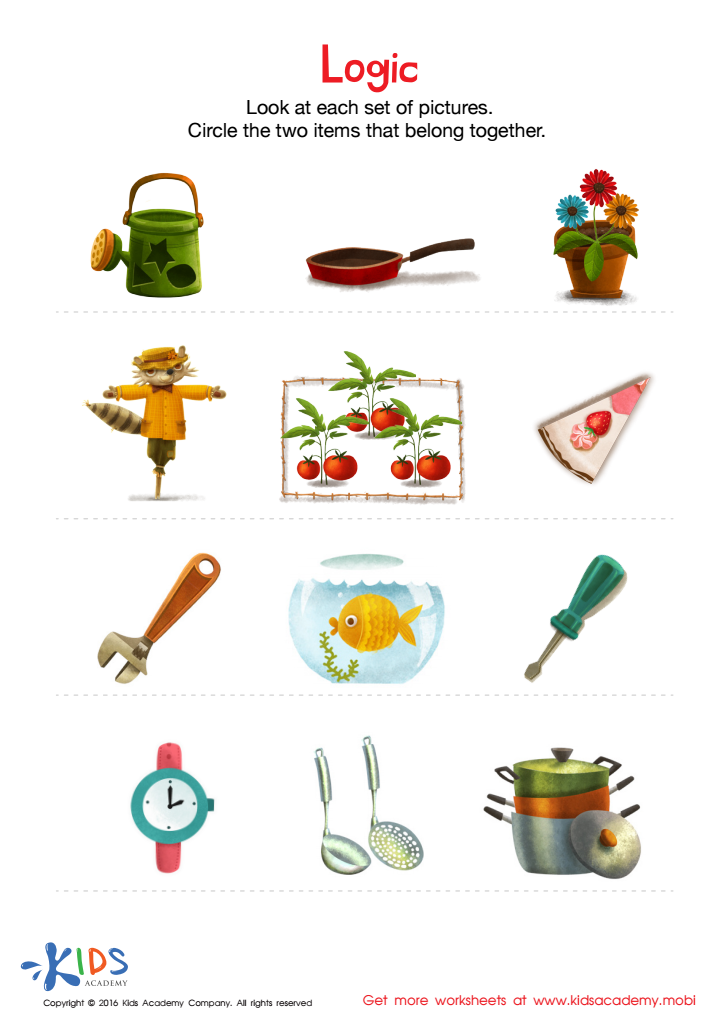

Logic Game Sorting Worksheet
Normal Matching worksheets activities for Grade 2 offer an array of benefits for young learners at a crucial stage in their educational development. These worksheets are meticulously designed to enhance cognitive skills, boost memory, and foster a deeper understanding of various subjects. Let's delve into why Normal Matching worksheets activities are particularly useful for second graders.
Firstly, these activities promote critical thinking and problem-solving skills. As grade 2 students work through matching pairs, they are encouraged to analyze patterns, identify relationships, and make connections between different pieces of information. This analytical process is fundamental not just in academics but in real-life situations as well.
Secondly, Normal Matching worksheets activities for Grade 2 aid in the reinforcement of vocabulary and concepts. Whether the focus is on math, language arts, science, or social studies, matching exercises help solidify the students' grasp of new terms and ideas. By matching words to their definitions or images to corresponding words, children expand their vocabulary and comprehension in an engaging and interactive manner.
Moreover, these worksheets are instrumental in developing visual discrimination skills. Students learn to pay attention to details as they distinguish between different shapes, colors, letters, and numbers. This skill is vital for reading, writing, and mathematics, laying a solid foundation for future academic success.
The format of Normal Matching worksheets activities is also highly beneficial for second graders. It offers a structured yet flexible approach to learning that caters to various learning styles. Whether a child is a visual, auditory, or kinesthetic learner, matching activities provide a hands-on experience that makes learning fun and accessible.
In conclusion, Normal Matching worksheets activities for Grade 2 are not just another task for students to complete. They are a carefully crafted educational tool designed to engage young minds, enhance key skills, and build confidence. By incorporating these activities into the curriculum, educators can foster a love for learning that lasts a lifetime.

 Assign to the classroom
Assign to the classroom
